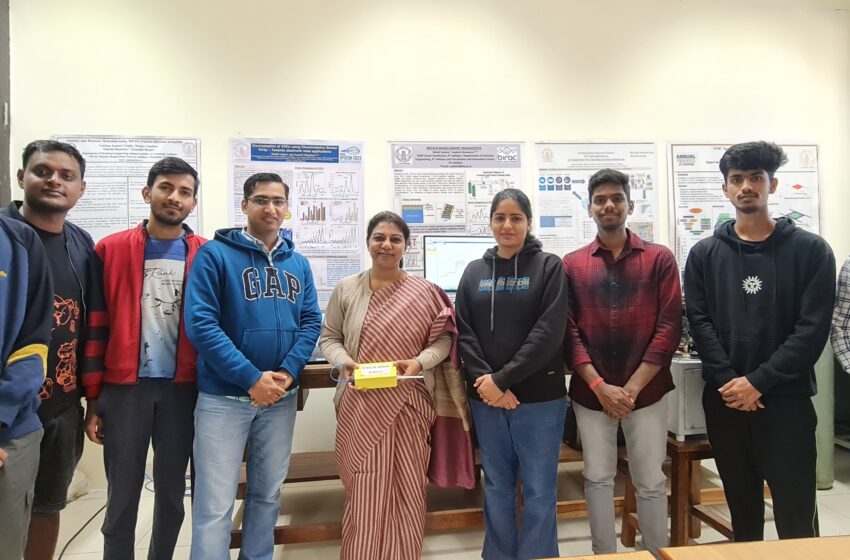
IIT Jodhpur’s 1st ‘Make in India’ breath sensor to detect alcohol, asthma
Jodhpur, Feb 22 (IANS) Researchers at the Indian Institute of Technology (IIT) Jodhpur on Thursday announced the development of the first “Make in India” human breath sensor to measure alcohol and other respiratory diseases like asthma and chronic obstructive pulmonary disease.
The device, based on metal oxides and nano silicon operating at room temperature, is primarily aimed to detect alcohol content in the breath in drunk and driving cases.
However, with some changes in sensing layers and the use of an array of sensors (for Electronic Nose or Artificial Nose), and data analytics, it can also be very useful for characterisation of diseases, such as asthma, COPD, diabetic ketoacidosis, sleep apnoea, and cardiac arrest, where the person’s breath volatile organic compounds (VOCs) are monitored.
VOCs are a diverse group of organic chemicals that can evaporate into the air and are commonly found in various products and environments. The current breath analysers are either bulky or require a long preparation time and a heater. This adds up to the power consumption of the device and a long waiting time.
The new sensor operates at room temperature and is like a plug-and-play.
“Continued research and development in these directions could lead to the practical implementation of the breath diagnostics in various fields, ranging from healthcare and wellness to wearable technology and IoT applications,” said Dr Saakshi Dhanekar, Associate Professor, Department of Electrical Engineering, IIT Jodhpur, in a statement.
“The output of the sensors can be connected to Raspberry Pi and the data can be sent to a doctor or phone,” she added.
The technology behind this device is an electronic nose with room-temperature operable heterostructure (metal oxide with nano silicon).
The sensors react with the alcohol in the sample and depict a change in resistance. This change is proportional to the concentration of alcohol in the sample.
Also, the data collected from this sensor array is processed using machine learning algorithms for identifying the patterns of different components of breath and segregating alcohol from the mixture of volatile organic compounds.
The research was published in IEEE Sensors Letters.
